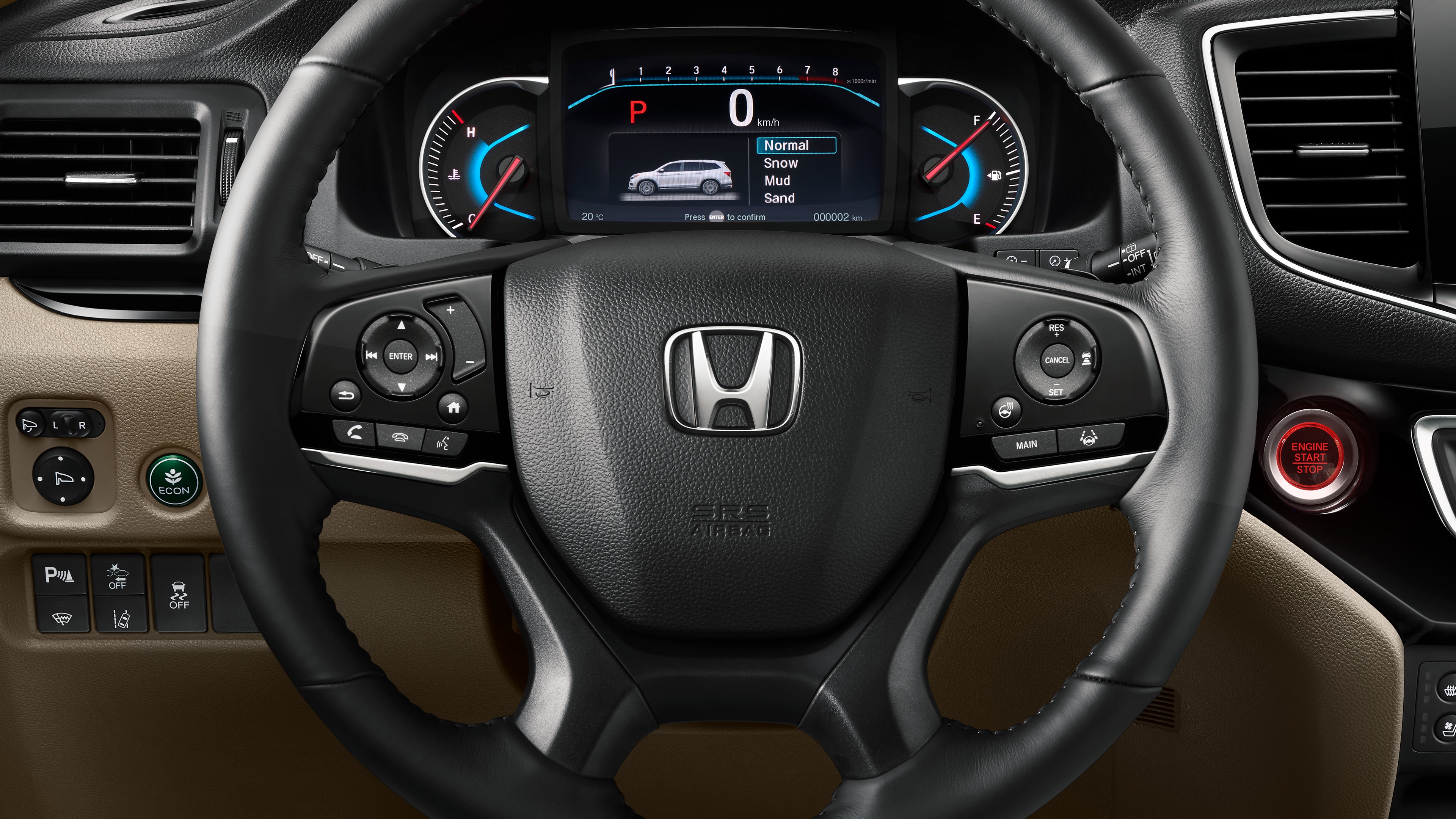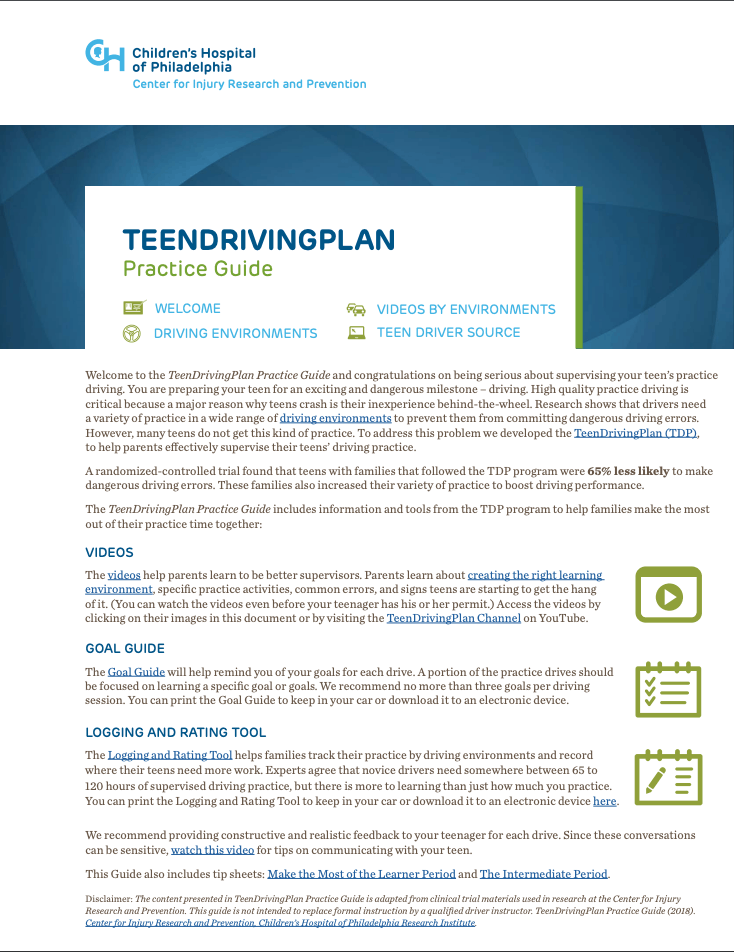However, if your disk 1, disk 2, or another disk becomes 'Not Initialized' without any information about the disk storage, the causes may be a connection issue, disk driver issue, or physical corruption on the disk. How to Fix Disk Unknown Not Initialized in Windows 10/8/7.
- Not Applicable Driver Download
- Not Applicable Driver Download 64-bit
- Not Applicable Driver Download Windows 7
- Driver Download For Windows 10
Jun 11, 2013 Download 1. Click Download Now to download the file. When the File Download window appears, click Save to save the file to your hard drive. Browse to the location where you downloaded the file and double-click the new file. Read over the release information presented in the dialog window. That's not an acceptable solution. I have the same problem. How about having HP fix? I can download a newer version from their webpage, but their update site isn't updated apparently AND the download when run says Not Applicable. You should feel ashamed asking someone to work around HP's actual issue of not updating the site.
Installing a Windows Update from a standalone installer (or you can say an ‘offline installer’) is a very handy process as it provides the users which choice of selection, time of download and installation, etc. But, while installing the recent Windows Update you may face “The update is not applicable to your computer“. This problem will stop the update process on your system. To solve the issue, simply go through this article.
How to Solve -“This update is not applicable to your computer” problem
We are going to install the update in an alternative process.
1. Press Windows key+E to access the File Explorer.
2. In the File Explorer window, go to the download location where you have the update package on your drive.

3. Simply, right-click on the update package and then click on “Copy“.
4. Go to the Local Disk (C:) drive on your computer.
5. In C: drive, right-clickon an empty space and then click on “New” and then click on “Folder“.
6. Name the new folder as “update“.
7. Double clickon the “update” folder to access it.
8. Paste the update package inside the update folder.
9. Now, right-click on the update package and then click on “Rename” to rename the package.
10. Name the package as “abc.msu“.
Close File Explorer window.
11. Search “cmd” in the Search box beside the Windows icon.
12. To open up the Command Prompt, right-click on “Command Prompt” in the elevated search result and choose “Run as administrator“.
13. In Command Prompt window, copy-paste this command and then hit Enter to expand the package file inside the directory.
14. To add the package on your device, copy-paste this command and then hit Enter to start the updating process.
DISM.exe /online /add-package /packagepath:c:updatekb.cab
The update process will be started.
Once the update process is complete you will a message like this-
“The operation completed successfully.”
Close Command Prompt window.
Reboot your computer to complete the update process.
Your problem is solved.
Sambit is a Mechanical Engineer By qualification who loves to write about Windows 10 and solutions to weirdest possible problems.
Not Applicable Driver Download
This article describes how you can control when Windows Update distributes your driver.
When submitting a driver to Windows Update, the Driver Delivery Options section presents two radio buttons: Automatic and Manual
Under the Automatic option there are two checkboxes: Automatically delivered during Windows Upgrades and Automatically delivered to all applicable systems. Automatic is the default setting for all new shipping labels.
When the first checkbox is selected, the driver is classified as a Dynamic Update (a term that applies to upgrade scenarios). Windows automatically preloads drivers in this category when upgrading the OS.
Not Applicable Driver Download 64-bit
When the second checkbox is selected, the driver is downloaded and installed automatically on all applicable systems once it is released. All Automatic drivers must first have been evaluated by Microsoft through Driver Flighting.
For more info about the Manual option, see Publish a driver to Windows Update.
User plugs in a device
When a device is connected to a Windows system:
Plug and Play (PnP) looks for a compatible driver already available on the computer. If one exists, Windows installs it on the device. Then, during the next daily scan of Windows Update, Windows searches for a more up-to-date version of the driver. This can take up to 24 hours from when the device is plugged in.
If there is no compatible driver on the computer, Windows searches Windows Update for the highest-ranking Automatic driver.
When searching Windows Update:
In Windows 10, version 1909 and earlier, if no Automatic driver is available for the device, Windows proceeds to the highest-ranking Manual driver.
Starting in Windows 10, version 2004, Windows does not search for a Manual driver when an Automatic driver is not available. For info on how to access Manual drivers, see the Windows Update section of this page.
Device Manager
Not Applicable Driver Download Windows 7
In Device Manager, when a user selects Update driver:
Driver Download For Windows 10
- In Windows 10, version 1909 and earlier, Windows installs the highest-ranking driver from Windows Update, regardless of whether it is classified as Automatic or Manual.
- Starting in Windows 10 version 2004, Windows only searches the local computer.
When it fails to find a driver, Device Manager shows a button labeled Search for updated drivers on Windows Update, which opens the Settings app to the Windows Update page. To find this button, right-click a device and select Properties. On the Driver tab, select Update Driver and then Search automatically for drivers.
- Starting in Windows 10, version 2004, click Search for updated drivers on Windows Update and then select View optional updates->Driver updates to download Manual drivers.
- In earlier versions of Windows, Device Manager downloads Manual drivers on its own.
Windows Update
During a Windows Update scan (scheduled or user-initiated):
In Windows 10, version 1909 and earlier, Windows Update automatically distributes Manual drivers in either of the following scenarios:
- A device has no applicable drivers available in the Driver Store (raising a 'driver not found' error), and there is no applicable Automatic driver
- A device has only a generic driver in the Driver Store, which provides only basic device functionality, and there is no applicable Automatic driver
Starting in Windows 10, version 2004, Windows Update distributes only Automatic drivers for a system's devices. When Manual drivers are available for devices on the computer, the Windows Update page in the Settings app displays View optional updates .
Summary

The following table summarizes the information above. Windows Update is abbreviated WU.
| Driver delivery options | OS upgrades | Connecting new device | Device Manager | WU scan | WU Optional updates page |
|---|---|---|---|---|---|
| Automatic (both checkboxes) | Yes | Only if the local driver is generic or missing | Only in Windows 10, version 1909 and earlier | Yes | No |
| Automatic (to all applicable systems) | No | Only if the local driver is generic or missing | Only in Windows 10, version 1909 and earlier | Yes | No |
| Automatic (during Windows Upgrades) | Yes | Only if the local driver is generic or missing | Only in Windows 10, version 1909 and earlier | Only if the local driver is generic or missing | No |
| Manual in Windows 10, version 1909 and earlier | No | Only if the local driver is generic or missing, and WU has no applicable Automatic driver | Yes | Only if the local driver is generic or missing, and WU has no applicable Automatic driver | N/A |
| Manual in Windows 10, version 2004 and later | No | No | No | No | Yes |
